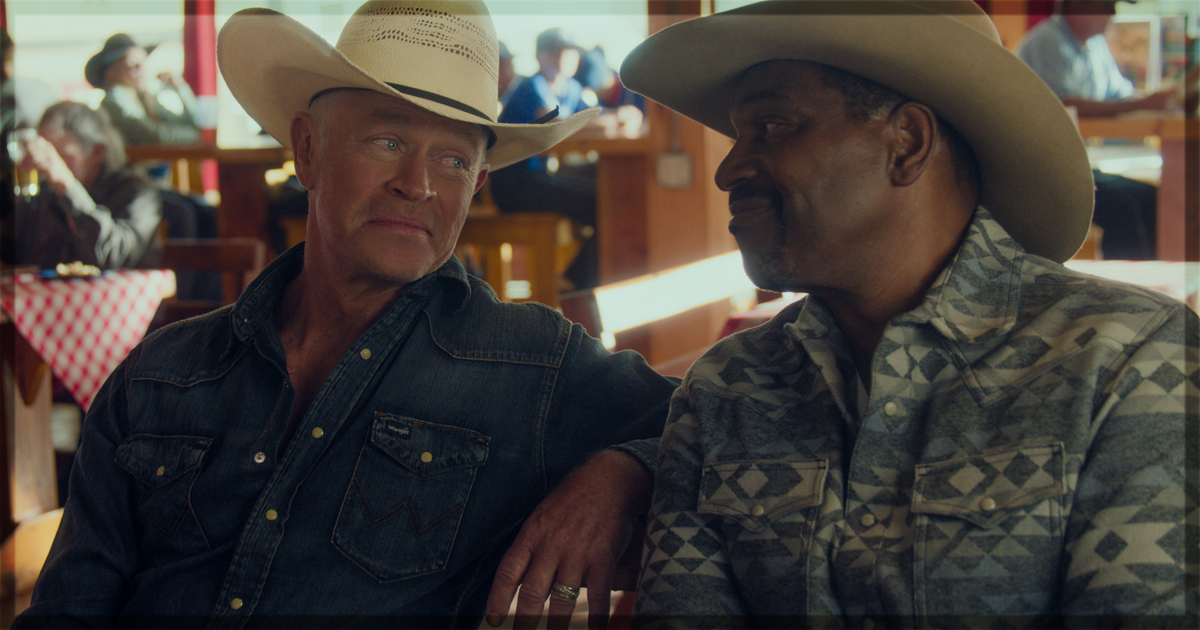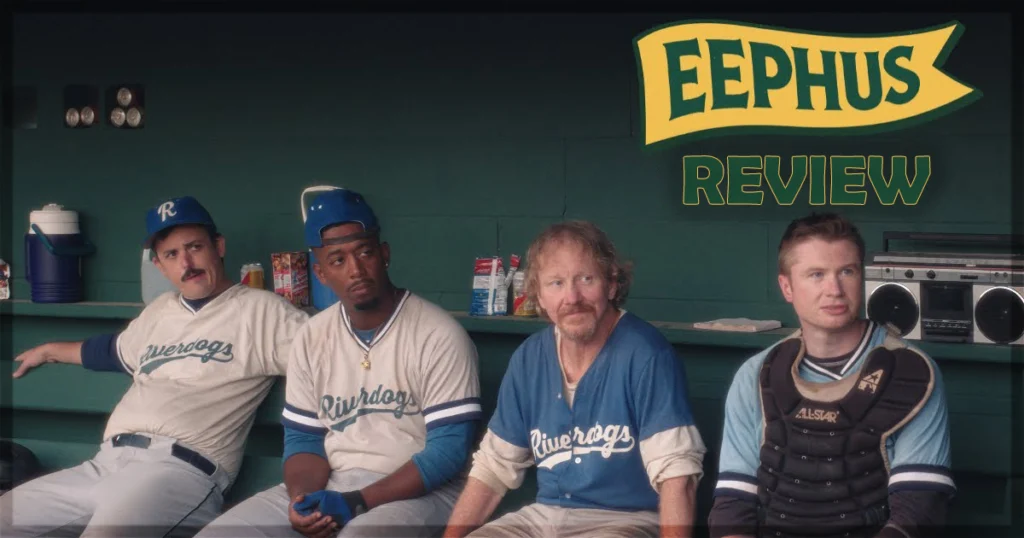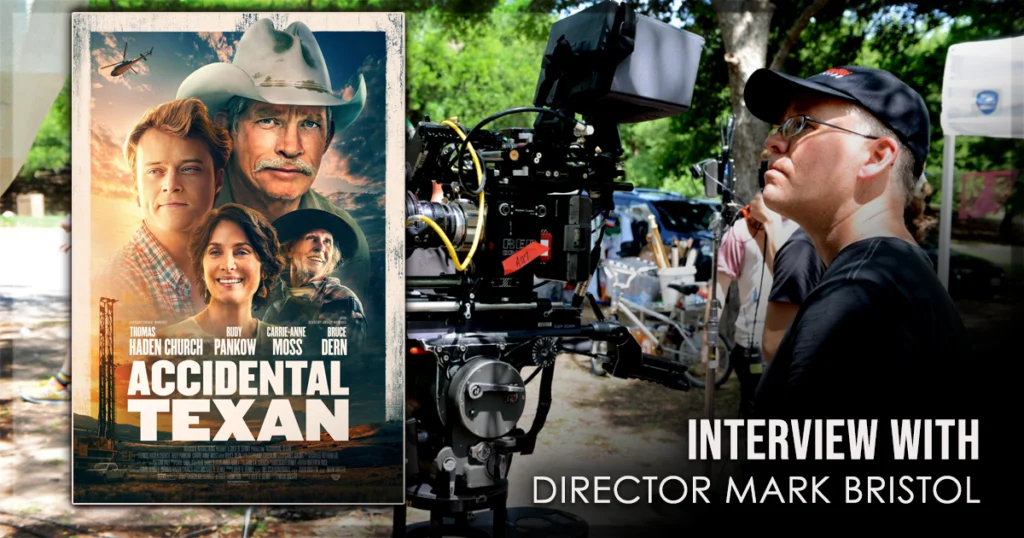Everyone wants to root for a sports comeback story. The Last Rodeo, from director Jon Avnet with a script by Avnet, Derek Presley, and star Neal McDonough, sits well within this well-known and well-loved subgenre. McDonough stars as Joe Wainright, a former rodeo champion bull rider who settled down to a quieter life after his time in the area – in no small part due to his wife’s death after his championship run. Now, he focuses on his grandson’s Little League baseball games and trying to rebuild a relationship with his daughter Sally (Sarah Jones). But an accident on the diamond leads to a shocking discovery, and with his grandson’s health on the line – and the health insurance company offering to pay a mere forty percent of life-saving, necessary surgery and rehabilitation costs – Joe sees his best option as getting back on the bull and riding one more season to pay off $70,000 of medical debt, becoming the oldest ever contestant along the way. On this journey, he finds opportunities to connect with old friends, repair his relationship with his daughter, and maybe find some higher faith in it all.
There are some good things going on in The Last Rodeo. The film clearly has a grasp on rodeo culture and the way its thrills become a way of life, often a hard one to abandon, for its practitioners even if they wish something more stable for their nearest and dearest. There is even an (underdeveloped) nod to the prison rodeos that historically gave inmates a way to earn money for themselves and their prison service (while some such programmes continue today, the Texas Prison Rodeo – one of the longest running and most well-documented – was disbanded in the 1980s, and The Last Rodeo is set in the Dallas environs). As bull rides only have to last for eight seconds, with points given for style and ability to ride the most difficult animals if they make it that long, the cinematography by Denis Lenoir is able to stretch these eight seconds with intercuts between the rider, the animal, the timer, the stands, and the incidental distractions of an arena to make each ride a genuinely breathtaking spectacle.
However, The Last Rodeo falls short of its heartwarming, Hallmark-esque premise in a few key ways. First, the film is very workmanlike in its aesthetics, script, and performances – all are serviceable, none elevated to polished, much less poignant. The effect is both to tell and to show the action, leaving no poetry, transformation, or nuance in the narrative. The story continues with enough events and likeable enough characters to hold interest, but never to surprise or provoke thought.
And yet this strange lack of perspective throughout is ultimately what sinks The Last Rodeo. The ruinous medical debt Joe’s family incurs early on is presented with no dilemma or anger – rather a desperate resignation. Of course, this is not really a choice: very few would balk at dropping millions and promising the moon to save a loved one’s life, and figuring out the reality of paying these bills is a true-life horror story for millions in the United States. And in The Last Rodeo, there is never a question that Joe’s situation and his decision to go back into his dangerous line of work are the honourable or best ones. But why not? In 2025, the avarice and mendacity of health insurance providers has never been a hotter topic; Joe’s acquiescence feels cut from an earlier, more naive time where the system could go unchallenged. Like the stories propped up by local media of little children setting up lemonade stands to pay off their parents’ debt, any heartwarming angle has curdled with recent news stories about life-saving transplants being denied by insurance companies – not to mention the public support for Luigi Mangione, alleged killer of UnitedHealth CEO Brian Thomson (and with every new detail that comes out in the building lawsuit, it is easy to see why many doubt Mangione, who denies all charges, will get a fair trial). Thus, The Last Rodeo becomes not a story of rising above adversity, but a story of an adversity that never should have existed in the first place. Maybe Joe should have challenged his coverage provider to a bull-riding competition.
While not the story set out in The Last Rodeo, longtime rodeo fans may also feel this film is a lost opportunity to talk about the economic and medical precarity faced by bull riders and others at the rodeo, from the expense of keeping livestock and training horses to the (literally) neck-breaking danger of hanging onto a bull for eight frightening seconds. Few of these jobs come with time off, health coverage, or life or income insurance should things go wrong in the arena. Sometimes, economic circumstances keep people in these jobs; other times, it is an overwhelming passion for rodeo sports that keeps people returning to the bulls beyond health and sanity. This social reality would make excellent narrative or documentary film material; perhaps Avnet and Lenoir may turn their lens this way with their comfort in the arena.
Ultimately, The Last Rodeo is easy fare and lovable enough, but it falls apart under any thought or examination – notably considering the new cycles of the past year. There is a stronger film in here somewhere, one that lets its characters doubt in themselves and in the sustainability of the American dream. Its same themes of faith, hope, and charity could flourish in conversation with systemic injustice, rather than despite its oppressive and random hand.
The Last Rodeo is now in theaters.
Learn more about the film, including how to get tickets, at the official website for the title.



